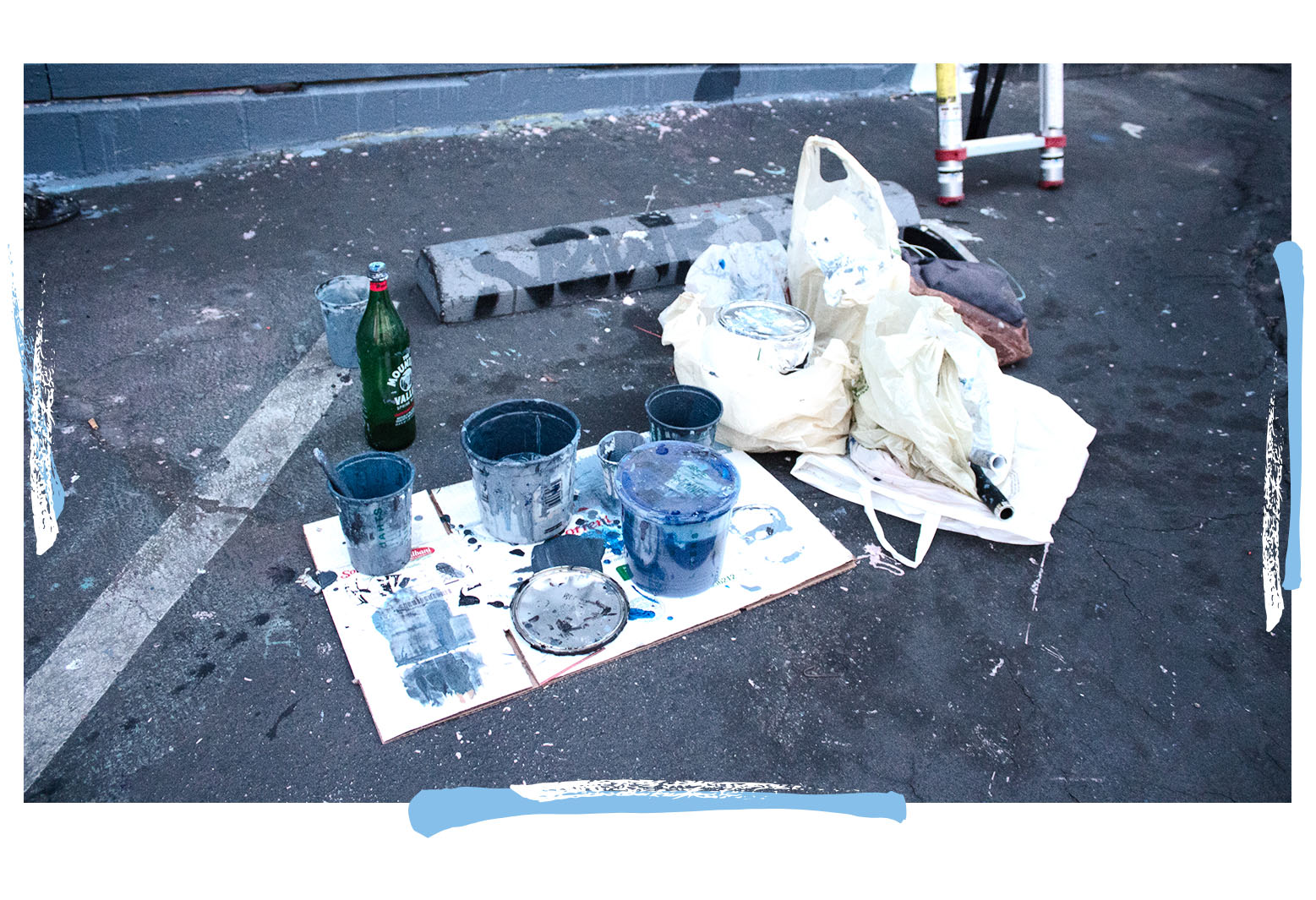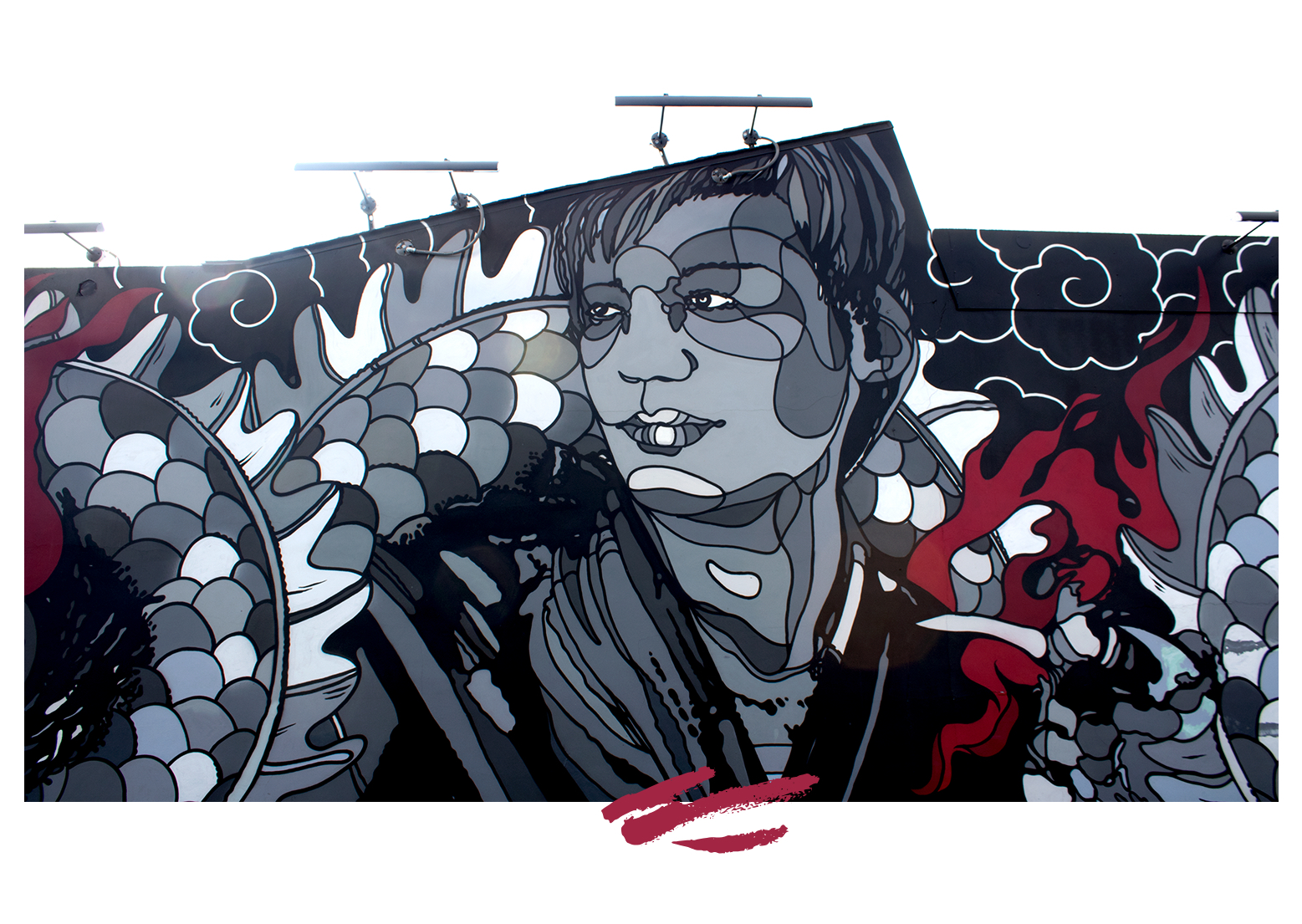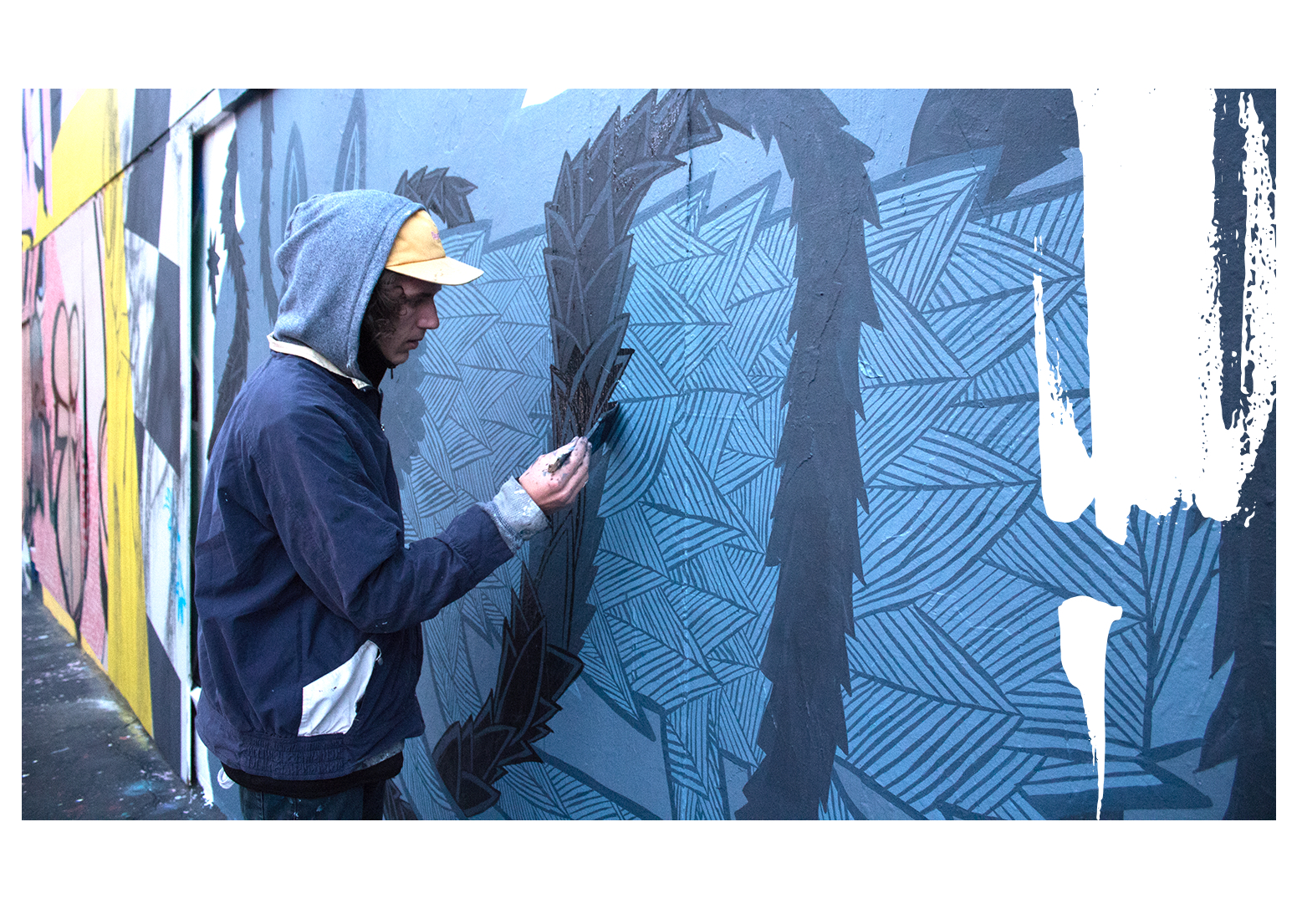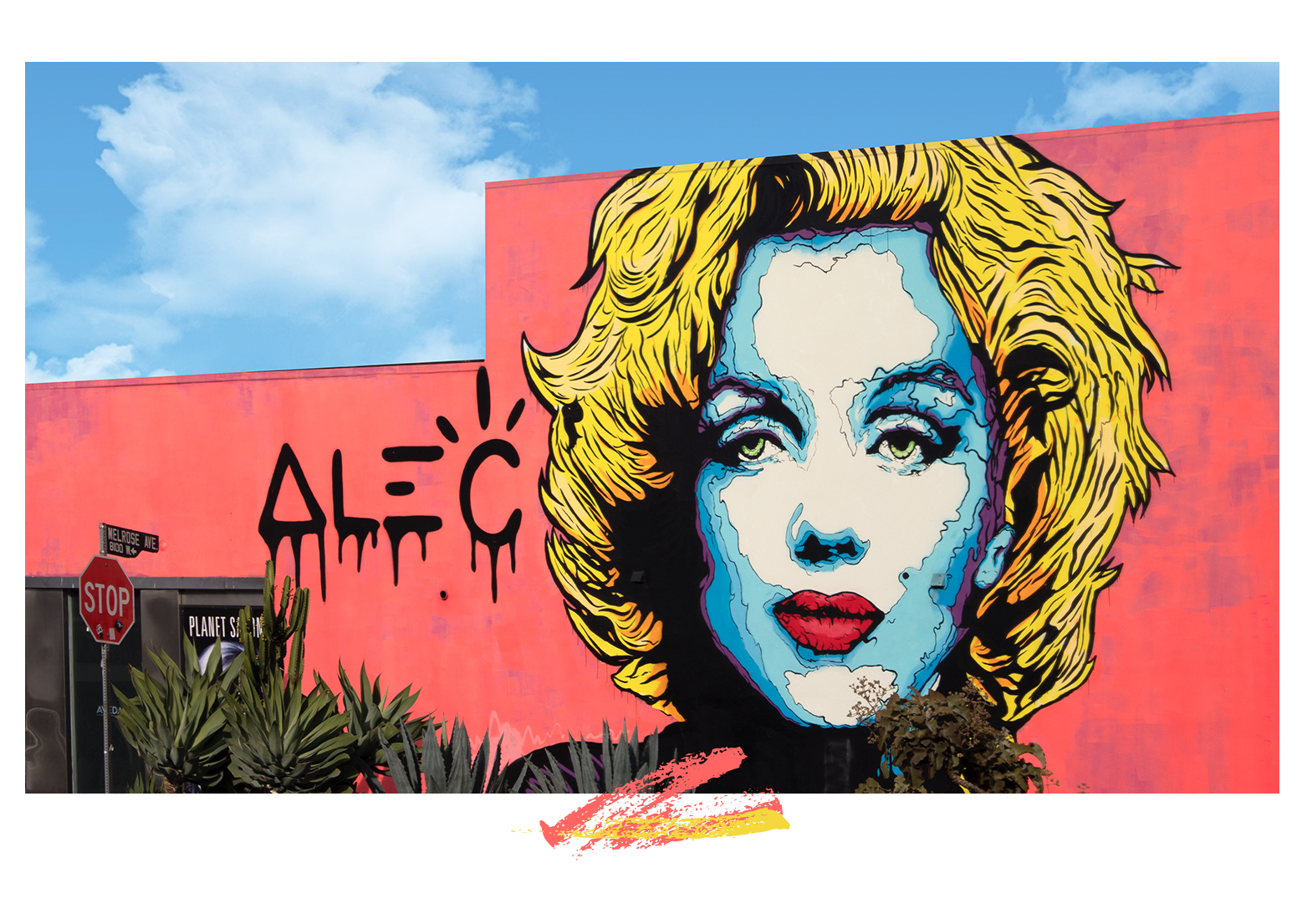
OF ICONS & ICONOCLASTS

"L.A. as a street or graffiti-based art center has been proclaimed, celebrated — and mocked. Nonetheless, an incredibly large population of artists working in the streets has made L.A. home or is drawn to the city because of its visibility and the ample opportunities to create and be seen outdoors." - Cristian "Smear" Gheorghiu
It’s half past 2 on a sunny Saturday afternoon. I was driving along La Brea as
I hit the inevitable weekend rush hour traffic in Hollywood. I decided to make a right turn en route to my
friend’s house in Glendale in hopes of finding a faster way to reach my destination. As I took the detour,
I noticed a large mural of sort to my left, unmistakably noticeable by the expanse of black and gray paint against the brick and concrete wall.
On the forefront was Tupac Shakur, the 90’s gangsta rap icon, some gold text cursively painted right beside his
figure that read, “for every dark night, there’s a brighter day.” All of a sudden, my traffic woes subdued; it had occurred
to me that my camera was at the back seat.
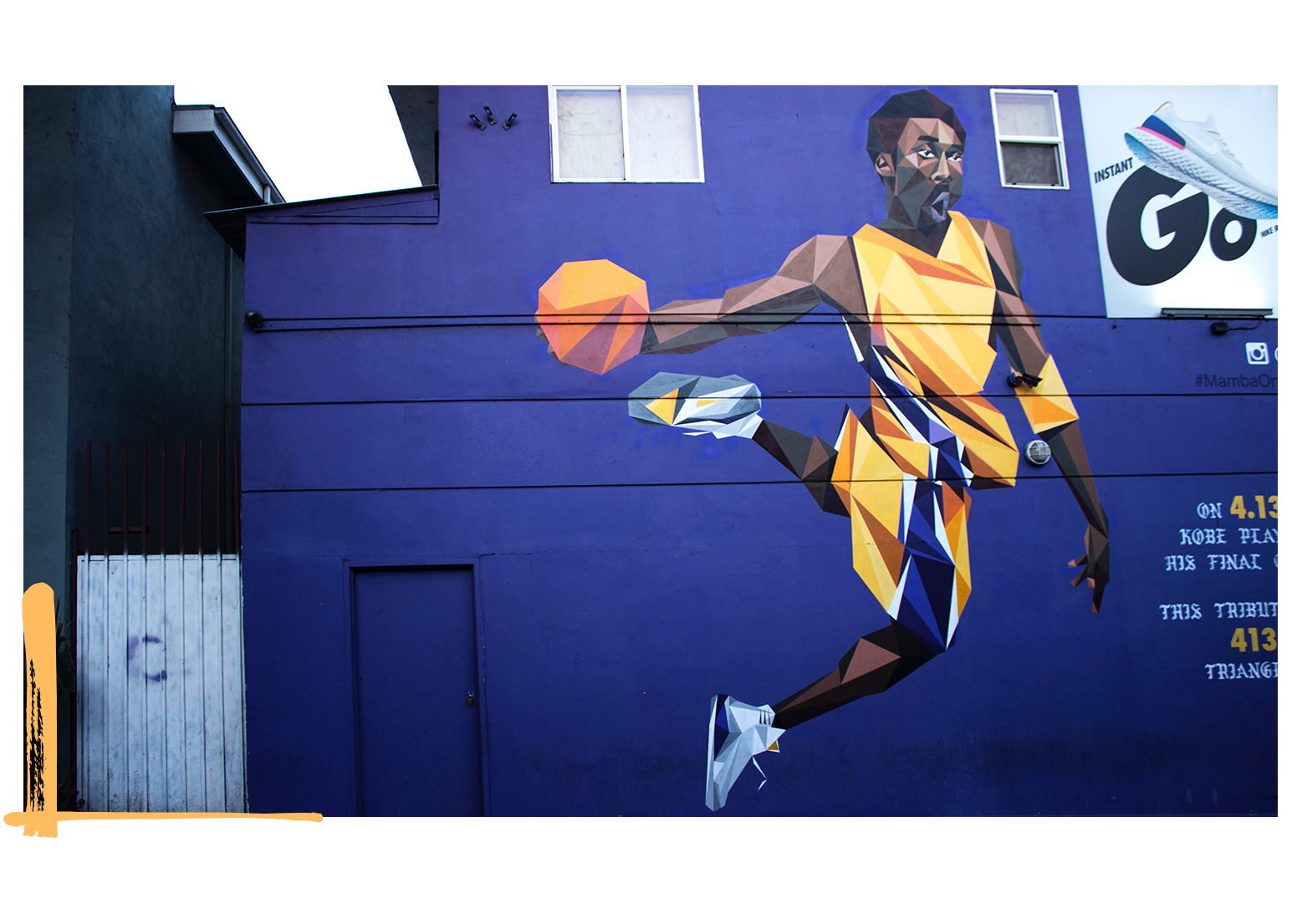
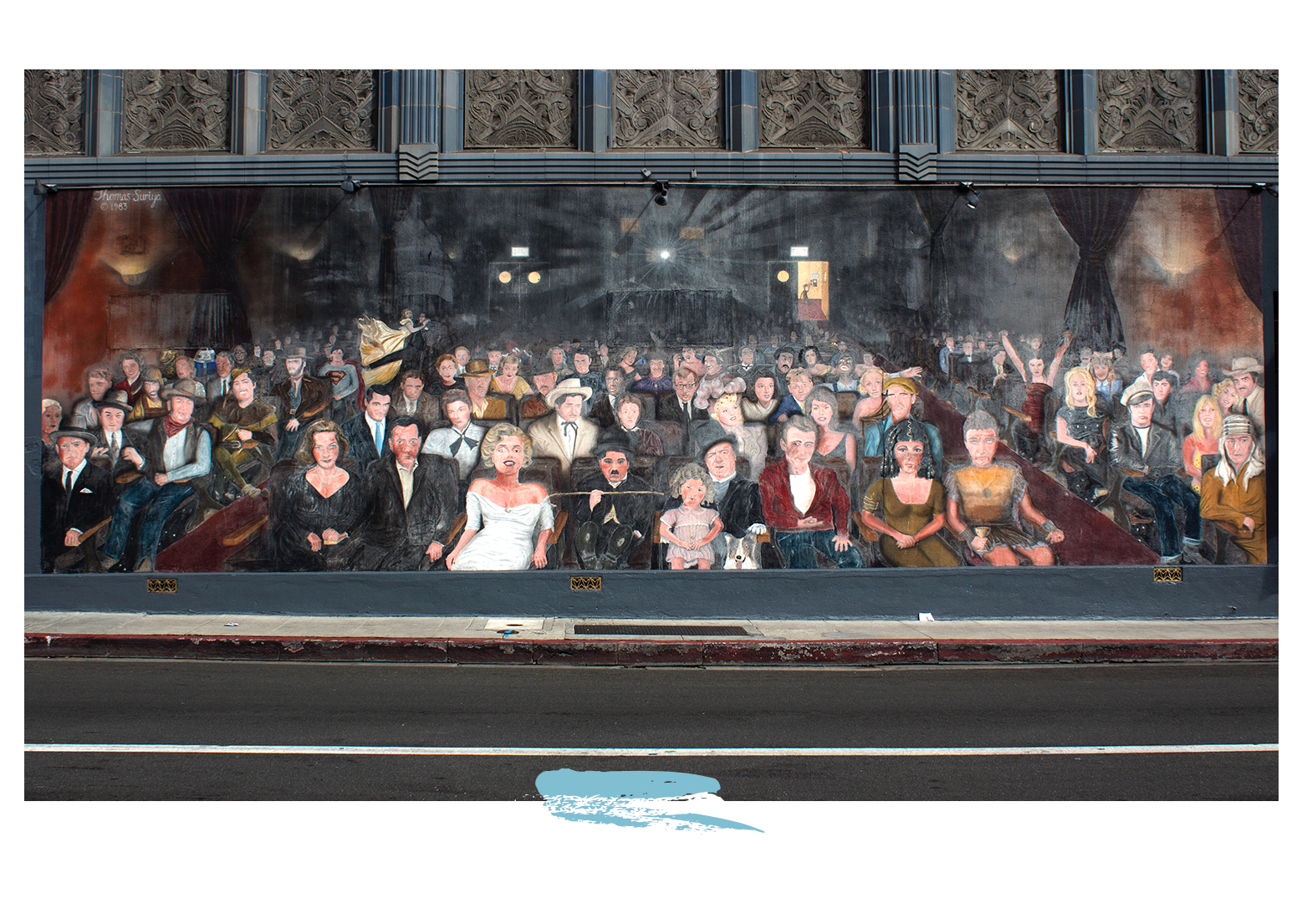
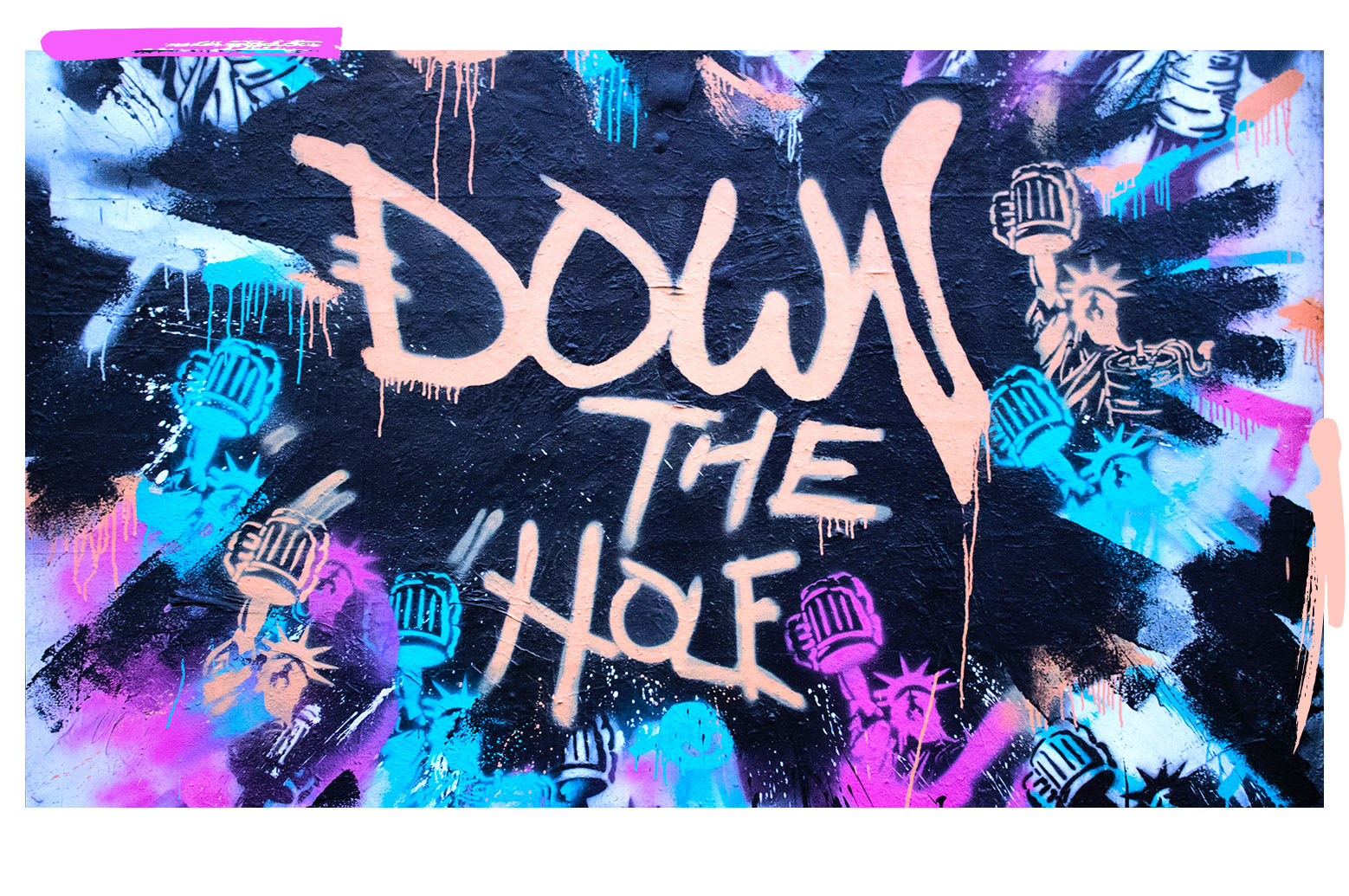

In the age of digital information, fickle politics, and fast fashion, something remaining in place for years is an almost inconceivable notion. The same can be said about street or graffiti art. Popping up unannounced, the concept of the genre is far from enduring. The art itself may exist only for a few months, or even a few hours as natural elements, property managers, another street artist, or law enforcement may lay their verdict on its physical presence at any given time.
But perhaps, it is the unknown duration of a street art piece that gives it the hype value. Something any legion of the art world could agree on as a factor of prestige and desirability in the process of selling art. Fast-forward to today and it's virtually impossible to find a major city that doesn't have an organized street art development in place. Those that support its underground origins and set in keeping its grassroots influence intact might argue that the graffiti aesthetic has all gone a bit 'mainstream', but it is undeniable that street art has become such a landmark in the cultural DNA of the modern global city.
